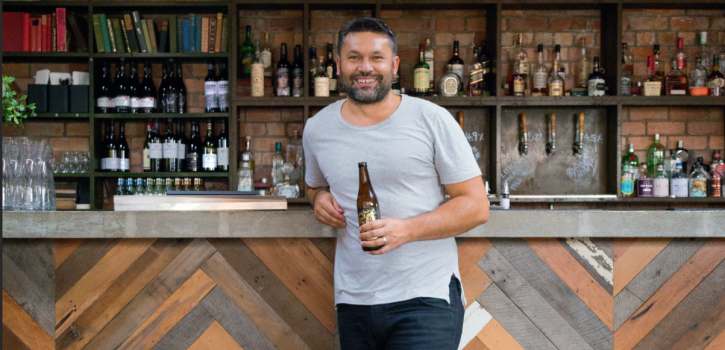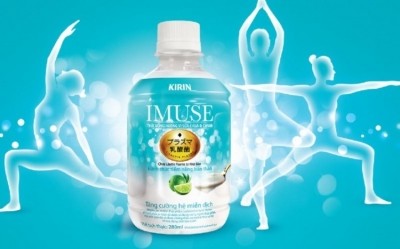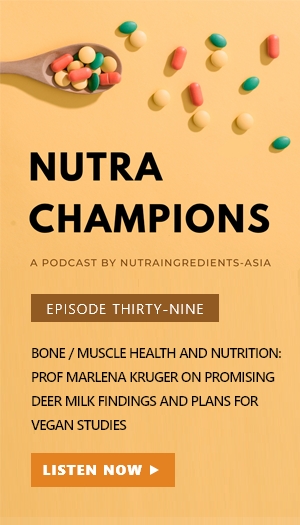One-product wonder: NZ’s sparkling manuka mead brand Lone Bee looks to strengthen South East Asia presence

Lone Bee commercialised its first batch of sparkling manuka honey mead in 2017, after “trying to perfect the recipe” since 2009, its founder Oren Dalton told FoodNavigator-Asia.
It currently only sells a sparkling manuka and clover mead with an alcohol content of 5.3% that is available in 330 ml and 500 ml bottles.
While majority of its revenue comes from the domestic market – via nationwide e-commerce shipping and brick-and-mortar liquor store sales – it is also available in Singapore and Hong Kong via an exclusive liquor distributor and on the e-commerce platform Lazada.
The firm is now exploring growth opportunities in both markets, with talks under way with a premium supermarket chain in Singapore.
Dalton also said there is partnership potential in South East Asia in the food service space: “When it comes to food pairing, I have a lot of confidence that Lone Bee will do as well as beer as it balances out spicy, salty, and sweet food. It can be a real palate cleanser. So, there’s the possibility of collaborating with possibly chefs and restaurants.”
Dalton hopes that New Zealand’s reputation in craft beer-making, as well as high consumer appreciation of manuka honey in these markets, will help spur further success.
He is also keen to collaborate with other mead producers on local honey variants: “It’d be awesome to understand the local taste. With honey from other South East Asian countries, we can combine our strengthens to create a high-quality mead with local ingredients.”
One-product wonder
Both home and abroad, Dalton is hoping to make the traditional product more “fashionable and a bit more drinkable for modern times” by lowering the alcohol content.
“Traditional mead is more like wine in essence. Their alcohol content is usually up around 10 to 11, and they’re usually still. I’ve tried to lower the alcohol content, and maintain the carbonation to get the sparkling effect.
“More importantly, we just use good manuka honey water. There’s no flavourings, additives, or preservatives. This provides a clean, balanced, easy and drinkable mead. When you’re using the best honey in the world, you don’t really need to use anything else,” he added.
A good quality mead is highly dependent on the honey used, according to Dalton. To mitigate the consistency risk with varied sourcing, it sources from one of the largest manuka honey suppliers in New Zealand.
NZ’s reputation in Asia
Dalton recently visited South East Asia on a programme led by Asia New Zealand Foundation, to better understand the market.
“Looking at the variety of product offerings by the NZ entrepreneurs, we got to understand where our NZ products stand [in South East Asia] because the raw materials are so good.
“A real key learning was to keep it simple. Don’t play around with things too much. You don’t need to add X, Y, Z when you already have a good product with good raw materials. That gave me a lot of confidence,” he explained.










